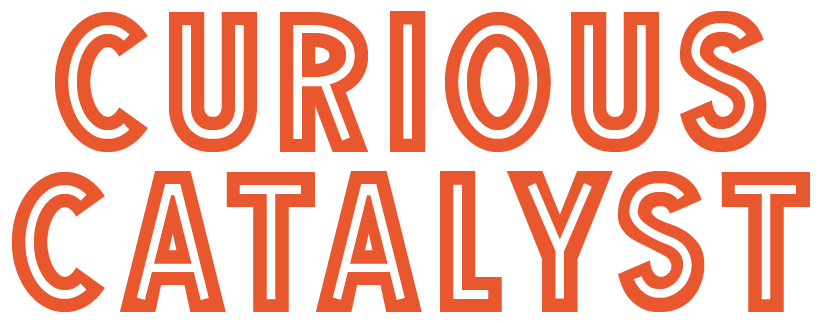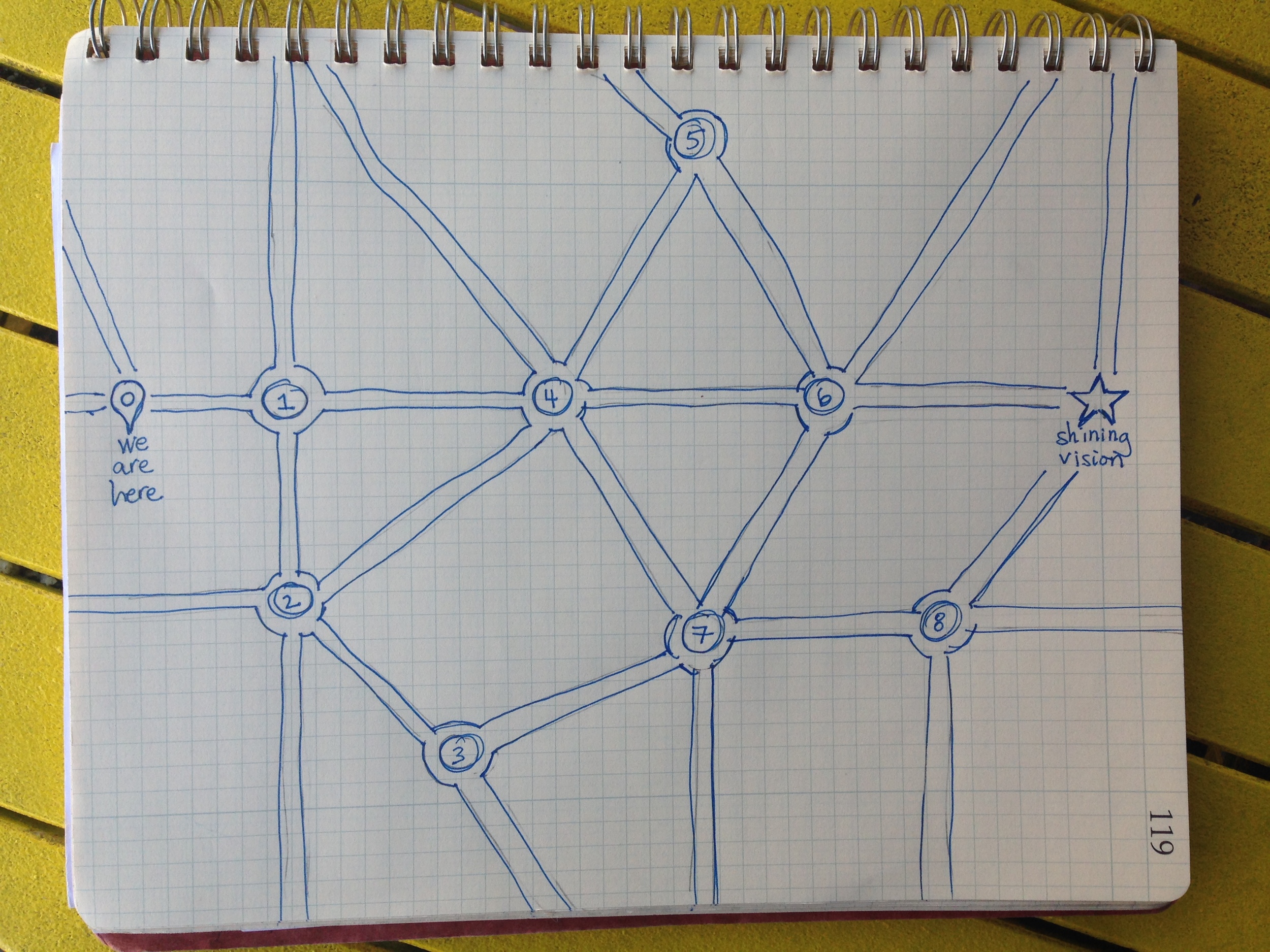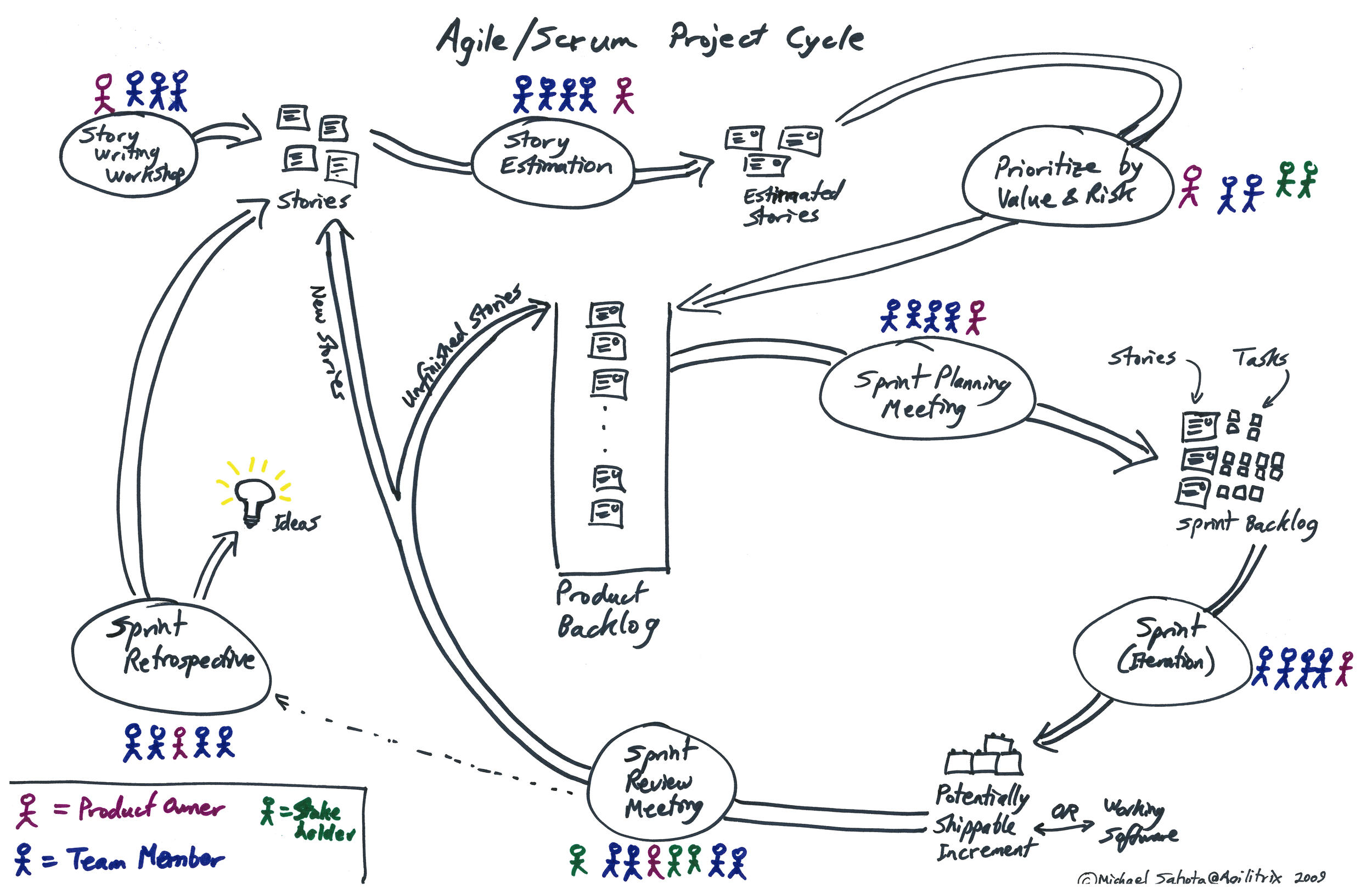The price of a typical Vancouver home rose 21 percent in the past year, which somehow manages to feel quaint in the face of San Francisco’s median price-tag, now standing at $1.1 million, according to Zillow. And amid the uproar in Los Angeles around the city’s seizure of tiny makeshift homes from its homeless — and similar situations in encampments all over North America — it’s clear that housing crises are a symptom of much deeper economic shifts.
A global group of diverse innovators spent six months working through a process of human-centered design and business innovation at THNK School of Creative Leadershipto see if harnessing the benefits of digital currencies and alternative economic systems (sometimes known as financial tech or FinTech) might offer novel ways to increase access to housing options, across the spectrum of urban dwellers.
What resulted were new proposals for public/private partnerships, mobile platforms, and on-the-ground efforts: an app that allows people in need to locate and access housing, food or medical services using controlled digital currencies; a mechanism for turning smart home data into a non-monetary asset that younger renters might use as currency to secure housing in intergenerational communities; and a specialized agency that matches a broad range of citizens with high-impact social venture investment opportunities that directly benefit their cities. The complete findings can be found in the recently released Future of Capitalism Innovation Report, but the factors that went into shaping the outcomes are almost as important as the insights themselves.
To continue reading this article, please click here to see the original publication on TriplePundit.com.








